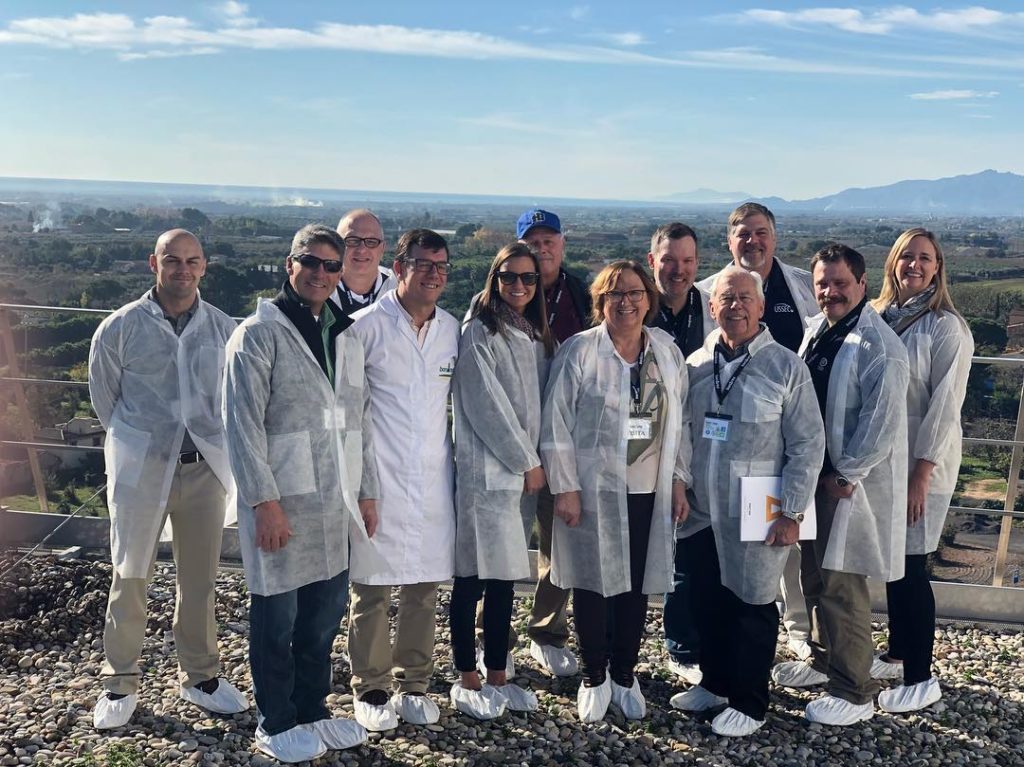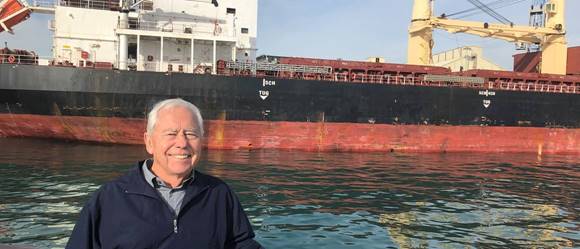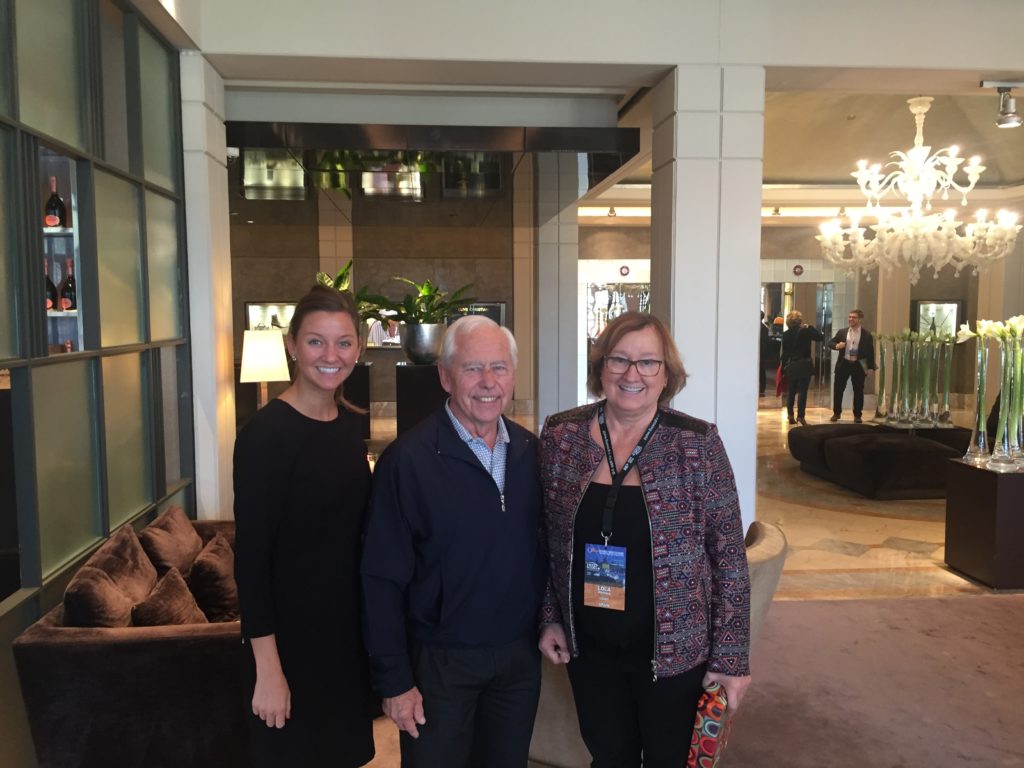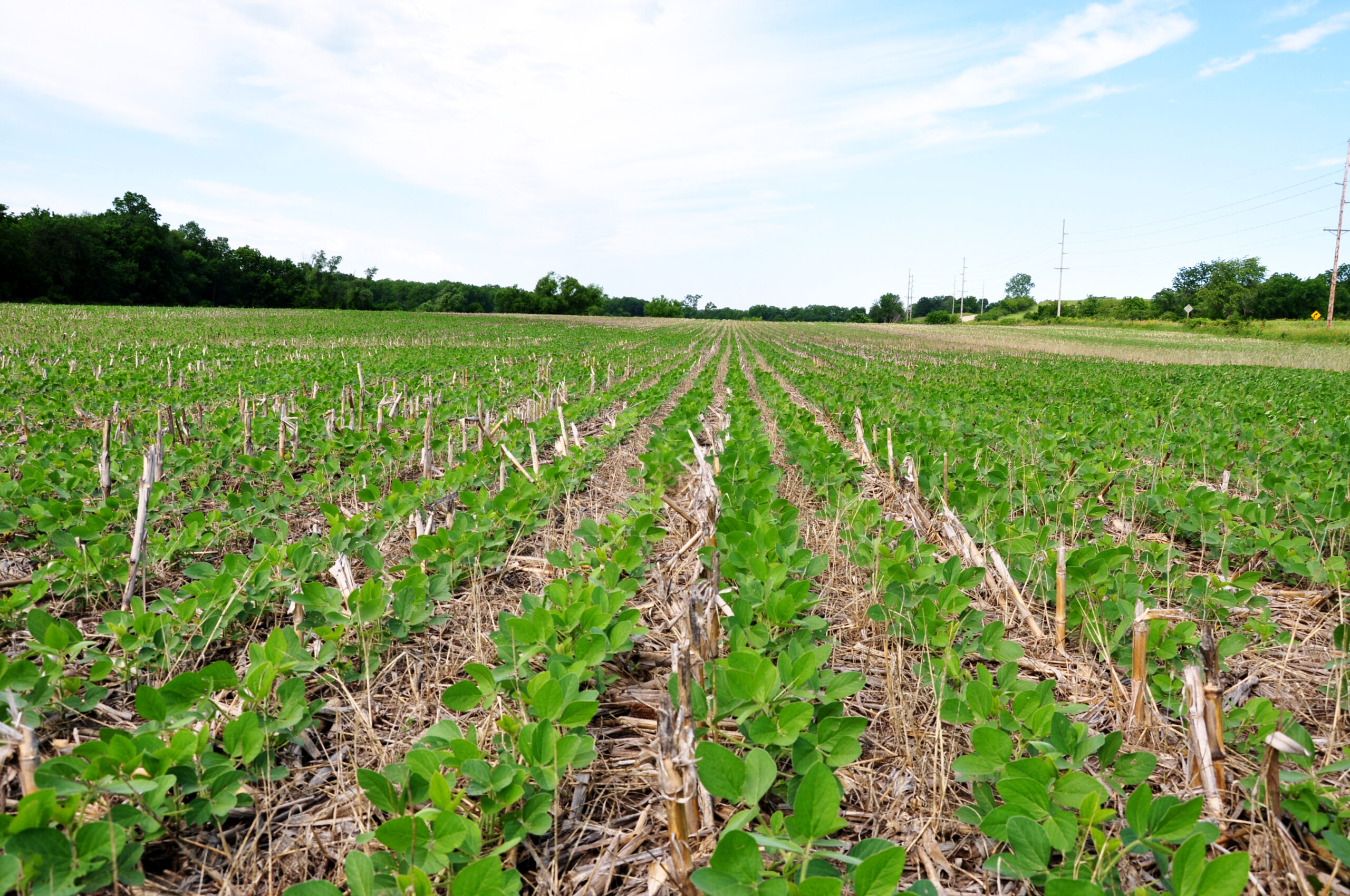EU/MENA: A Bright Spot for U.S. Soy Exports
By Jen Del Carmen, USSEC
With so much media attention on how tariffs have affected soybean trade to China these days, it’s easy to overlook the importance of the combined European Union (EU) / Middle East North Africa (MENA) market.
The EU/MENA region represents the second largest global export soy market, trailing only China. With a combined population of 960 million, this market is vital to the U.S. Soy industry. Let’s take a quick look at both of this market’s sectors.
“The Europe and Middle East/North Africa market has been a bright spot for U.S. Soy exports this marketing year,” says Brent Babb, Regional Director – EU/MENA for the U.S. Soybean Export Council (USSEC), “as soy exports to the region are up 140 million bushels over last year at this time.”
This represents a 210 percent increase in whole soybeans and a 17 percent increase in soybean meal exports for the U.S. Soy industry.
Countries with largest bushel increases this marketing year include Egypt (30 million), Spain (23 million), Netherlands (15 million), Italy (12 million), and Portugal (10 million).
EU
The EU boasts a population of 580 million people and represents 27 percent of the world’s gross domestic product (GDP). For comparison, the U.S. GDP is 23 percent.
The European feed industry is growing at a three percent rate, which is also above the growth rate of the U.S. The EU is the world’s largest soybean meal importer and the market there is highly competitive. There is an increasing valuation for U.S. soybean meal as feed formulation tables value soybean meal by origin.
Particularly in the European market, sustainability is a priority. USSEC, the international marketing arm of the U.S. Soy industry, continues to help make it a key differentiator and a competitive advantage.
In 2013, USSEC responded to customer requests for a supply of documented and certified sustainable soy by using a multi-stakeholder process to involve buyers, sellers, associations, and government agencies to create a certification system, developing the U.S. Soy Sustainability Assurance Protocol (SSAP), which certifies shipments of U.S. Soy as sustainable based on a national system of sustainability and conservation laws and regulations combined with careful implementation of best production practices by U.S. farms.

The SSAP describes the regulations, processes, and management practices that ensure sustainable soybean production. In addition to addressing how sustainable performance by U.S. soybean farmers is measured and verified by various government programs, the SSAP also offers exporters of U.S. Soy the ability to obtain an official sustainability certificate. The SSAP is positively benchmarked against the European Feed Manufacturers’ Federation’s (FEFAC) Soy Sourcing Guidelines through the Independent International Trade Centre (ITC) benchmark tool, which helps U.S. Soy gain acceptance on a level playing field.
The U.S. Soy industry recently took another step in the right direction in the EU. On January 29, the European Commission recognized the acceptance of the SSAP-RED as a voluntary scheme under the Renewable Energy Directive (RED), which establishes an overall policy for the production and promotion of energy from renewable sources in the EU. This recognition allows soybean oil from SSAP-RED certified soybeans to be used as feedstock for biodiesel production in the European Union.
“The European Commission’s recognition of SSAP-RED is yet another breakthrough for U.S. Soy in the European and global markets,” states Babb. “It will continue to boost opportunities for U.S. soybeans and keep us moving forward.”
The RED restricts the production of biofuel feedstock from land that has been converted to agricultural production from the designated land categories of wetlands, including peatlands, grasslands and forest. The U.S. has had similar limits on land conversion for over 30 years since the 1985 Farm Bill. The SSAP-RED goes further than the existing SSAP in having a system of third-party auditing and compliance, supporting all aspects of the scheme.
MENA
With a population of 380 million, MENA represents 6 percent of the global population. Although there are widespread security concerns in this region, conflicts are decreasing. Infrastructure hurdles have also presented some issues, but investment is ongoing.
Although the region presents these challenges, crush capacity is continuing to increase, particularly in Egypt, Saudi Arabia, Algeria, and Lebanon. Through investment, the animal ag industry is growing, and the feed, poultry, dairy, and aquaculture industries are increasing their business as the region stabilizes.
Egypt is the region’s largest importer of U.S. Soy, followed by Saudi Arabia, Tunisia, Morocco, and Israel.
U.S. Soy has an excellent opportunity in Egypt for aquaculture, as technology for intensive pond raceway systems has been adopted there. There are additional prospects in North Africa and the Gulf region on a smaller scale.
Other opportunities for U.S. Soy in the region include an increase in soy extrusion, growth in regional soybean oil refining, chances to increase soybean oil in feed formulations, and strong Saudi poultry and dairy industries providing opportunities in by-pass meal exports.
Changing Trade Flows
Because the trade war between the U.S. and China has affected global trade, the U.S. Soy industry has looked to maximize opportunities through its “What it Takes” initiative, assembling projections in other global markets to mitigate volume losses to China. This initiative aims to maintain the level of U.S. Soy exports, approximately 60 percent.
To accordingly capture trade flows to EU/MENA, USSEC moved up its annual spring buyers’ conference in the EU/MENA region to November 2018. The regional trade exchange, held in Barcelona, Spain, provided a vital opportunity to connect top EU/MENA purchasers with U.S. exporters and grower-leaders with the goal of promoting U.S. Soy, developing or further enhancing relationships, and leading to a preference for U.S. Soy while increasing purchases.
Ohio Soybean Council director Bill Bayliss, a soybean farmer from Logan County, was in attendance at the Barcelona event.
Bayliss explains that in the 2016/17 marketing year, EU imported 4.599 MMT of U.S. Soy. In the current marketing year, current growth is over 100 percent, so the timing to connect with these customers was essential.
About 300 regional decision makers attended. “My role was to form relationships and I am enthusiastic about this,” he says. Bayliss says he made good contacts and had the chance to visit one-on-one with customers.
“We were showing them that [U.S. farmers] are normal people trying to provide them with a good product.”
While Bayliss grows both food and feed grade soybeans, he talks more about his food grade beans in this market and says that much as grapes grown in Napa have a distinct flavor, soybeans grown in Ohio, Indiana, and Michigan have a special taste as well.

After the Regional Trade Exchange, Babb said USSEC had heard from several exporters that the meeting led directly to sale with new customers. A company is expected to export 10,000 metric tons (MT) of soybean meal crushed in Ohio to MENA.
In addition to the Barcelona conference, USSEC is continuing a series of special marketing seminars, “Experience Today’s U.S. Soy Advantage.” Three of these meetings took place in the EU during the first week of February in Italy, Spain, and Portugal.
These seminars provide current and potential customers of U.S. Soy with in-depth information about the U.S. Soy Advantage, supporting the “What it Takes” initiative by aiming to raise the awareness of the intrinsic and extrinsic values of U.S. Soy and build a preference for U.S. Soy and soy products with international companies in targeted markets.
Around the world, USSEC is connecting buyers and sellers to encourage a longer-term trading program that extends beyond the typical seasonality as it plans events as part of USSEC’s larger trade mitigation work. EU/MENA is an important piece of this puzzle.

Moving Forward: EU/MENA
While the EU is a mature, long-time U.S. Soy market, it is by no means stagnant. According to a recent Purdue University study, the greatest potential for growth under the current environment is in the EU. While this is being realized incrementally, huge potential remains.
MENA is clearly poised to continue its growth as well. USSEC has earmarked Algeria, Egypt, Morocco, Nigeria, and Tunisia as basic markets, where the U.S. Soy industry strives to introduce world-class technology. USSEC’s international marketing strategy has shifted more funding to invest in these new markets with an increasing emphasis on growing demand in current low consumption areas.

